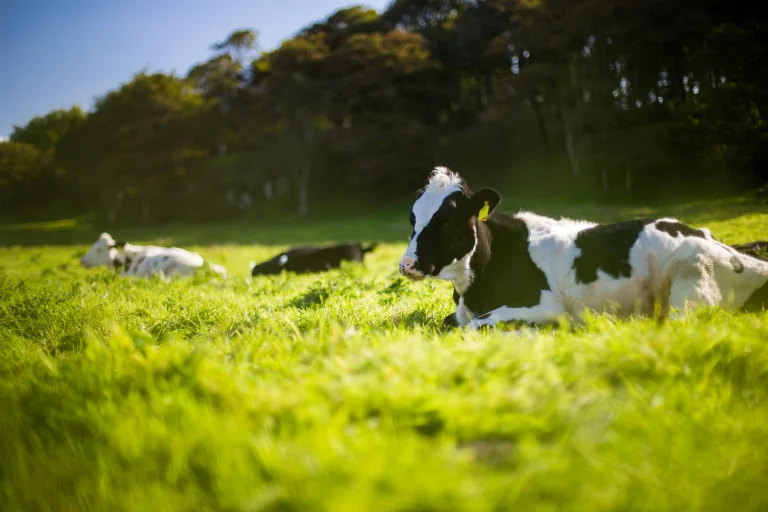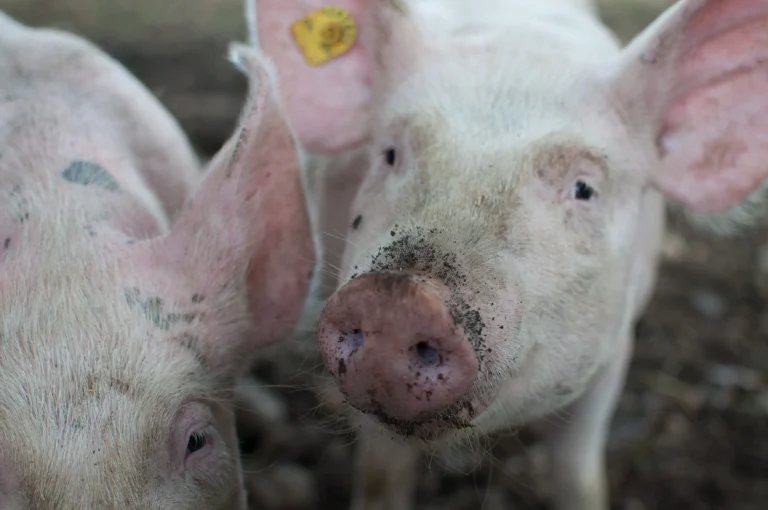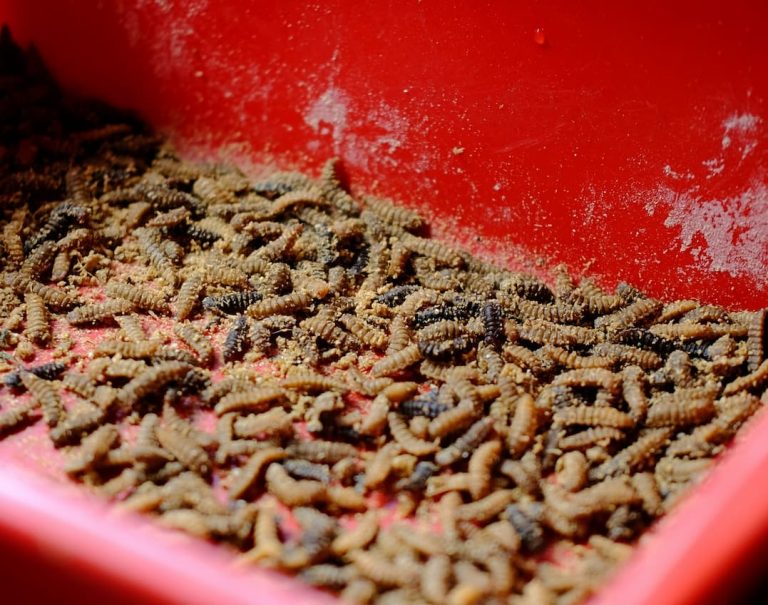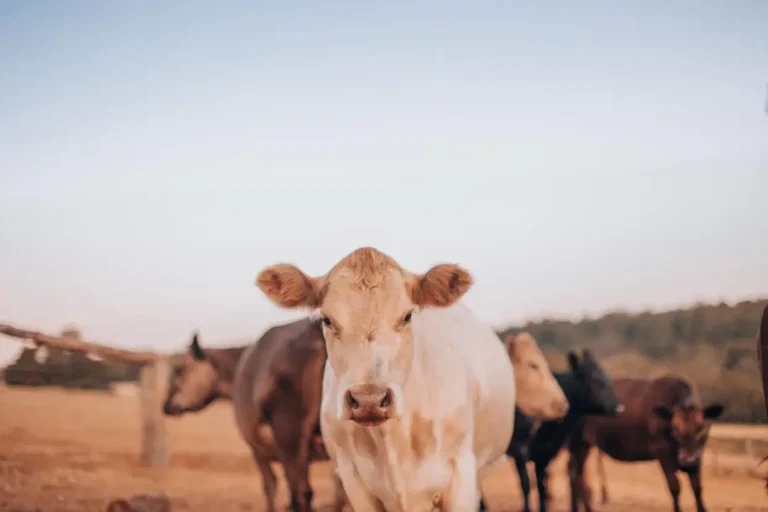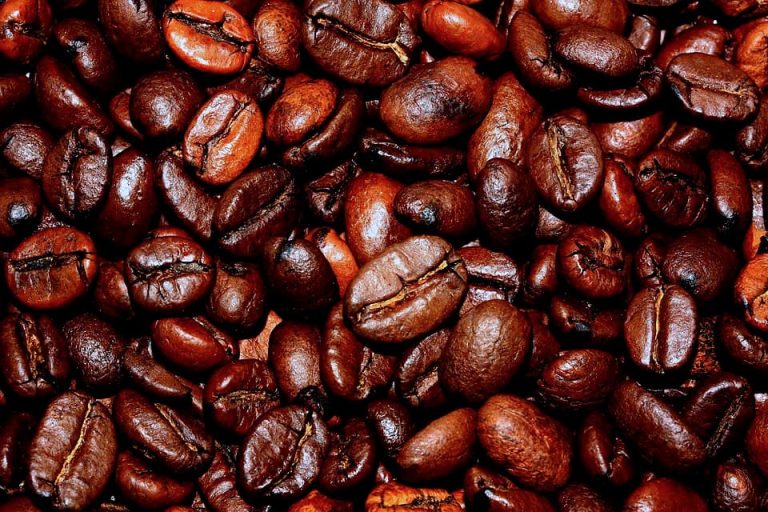Interest in hemp as an animal feed ingredient has grown rapidly in recent years, driven by its favourable nutritional profile, the rise in circular bioeconomy models and increasing pressure to reduce reliance on imported protein sources such as soya.
While several countries are actively trialling hemp-derived materials in livestock and aquaculture systems, the legal status of these products remains mixed and in many cases unresolved. In this Q&A, Farming Future Food outlines the current regulatory landscape and highlights some of the key scientific and commercial initiatives taking place internationally.
Is hemp currently approved as an animal feed ingredient?
In a small number of countries, yes – but only in specific forms and for specific species. In the United States, for example, the Association of American Feed Control Officials (AAFCO) has approved whole hemp seed, hemp seed cake and hemp seed oil as ingredients for use in limited species categories such as laying hens and companion animals. In most other jurisdictions, including the EU and UK, hemp-derived feed materials are classed as “novel” and therefore not permitted for mainstream use unless a formal authorisation has been granted.
What is the situation in the European Union?
Under current EU law, whole plant hemp and hemp processing residues are not authorised as feed. Only certain products derived from hemp seed (such as hempseed meal) may be placed on the market, and even then, several Member States have set additional national requirements. The European Food Safety Authority has not yet issued a full safety opinion on the use of hemp by-products as feed for livestock or aquaculture species, meaning the status remains provisional.
What about the UK?
The UK approach is broadly similar to the EU at the moment, although the government has indicated it may consider a more flexible regulatory assessment in future. The Advisory Committee on Animal Feedingstuffs (ACAF) has confirmed that safety dossiers would need to be submitted by anyone wishing to place hemp residues or extracts on the UK feed market.
Are any countries fully allowing hemp in livestock diets?
Canada and Australia operate provisional systems that allow the use of certain hemp-derived products in animal feed on a case-by-case basis. In Canada, hempseed meal is approved for use in livestock and aquaculture diets provided it contains less than 10 mg/kg total THC. In Australia, approvals are issued under national feed standards, subject to product-specific safety assessments.
Where are the most active trials and research projects taking place?
The United States is currently one of the most active regions for applied research. The US Department of Agriculture and a number of state-level institutions have recently completed feeding trials on poultry, dairy cattle and fish using hempseed meal and cannabis processing residues. In the EU, formal field trials remain limited, although pilot studies are being carried out in Germany, the Netherlands and Italy, primarily on poultry and ruminants. Separate projects in Japan and New Zealand are also examining the use of low-THC hemp biomass in specialist feed applications.
What are the main barriers to broader adoption?
The single biggest barrier is regulation. In most jurisdictions, hemp-derived feed is still considered a novel product and cannot be used without formal authorisation. In addition, more data are still needed on cannabinoid transfer in animals, particularly whether trace levels of compounds such as THC or CBD might accumulate in meat, milk or eggs. Cost and consistent supply of raw material are also factors: many of the residues that could be used in feed are currently directed into higher-value uses such as fibre and construction.
Could hemp feed realistically become mainstream?
If safety evidence continues to build and regulatory hurdles are resolved, hemp could become a useful supplementary ingredient in both livestock and aquaculture diets. Its protein profile makes it a potential partial replacement for soya or rapeseed meal, and its use as part of a circular farming system is attracting policy interest. Most specialists, however, caution that it is unlikely to replace established feed sources on a like-for-like basis; its value is more likely to come as a complementary ingredient, particularly in regions aiming to reduce dependency on imported feed proteins.
Key takeaways
- Hemp feed is permitted in only a small number of countries and usually only for specific species or product types.
- In the EU and UK, hemp-derived feed materials are classed as ‘novel’ and are not authorised for mainstream use without prior approval.
- The United States currently has the most active research and regulatory activity around hemp-based feed, with trials in poultry, dairy cattle and aquaculture.
- Regulatory uncertainty and the need for safety data – particularly regarding cannabinoid residues in animal products – remain the main barriers to broader adoption.
- Hemp is considered a promising supplementary feed ingredient that could contribute to more circular and sustainable supply chains if regulatory hurdles are addressed.
Want to read more stories like this? Sign up to our newsletter for bi-weekly updates on sustainable farming and agtech innovation.

